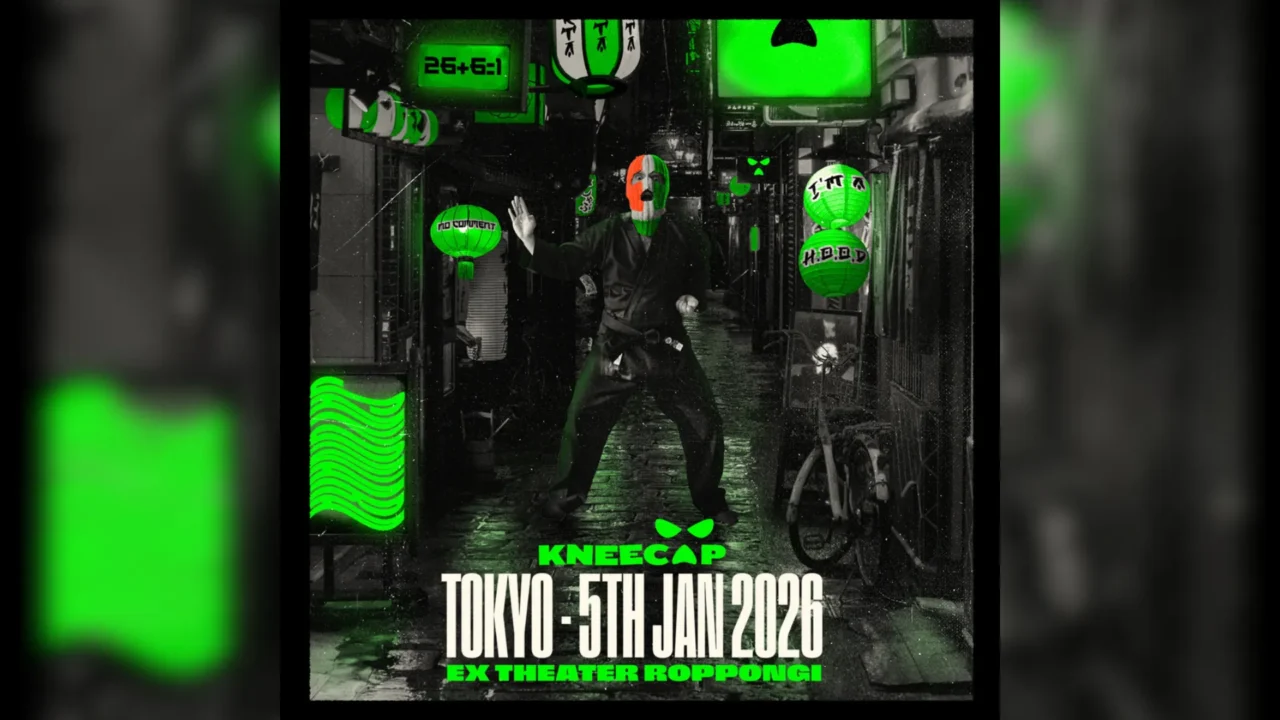INDEX
The Implications of “This Story is Fiction”
I would like to make one more important point in connection with the scene in which “Porque te vas” is played. When the first act ends following Moro’s anxious expression described above, the following message is displayed while the music continues to play after the darkening of the stage.
Real people and things have been reconstructed.
Various real elements were freely reinterpreted
Any association with non-specific persons is coincidental
In short, we are presented with the familiar cautionary tale of a play based on a true story, but in light of Bellocchio’s auteurism, which I have discussed, it would be overly obedient to accept this as a mere clerical message. I would like to think that this is a statement of the ethics of Bellocchio as a filmmaker.
What exactly are historical facts? What is the act of constructing or reconstructing a narrative or interpreting or reinterpreting “reality” in film? What, moreover, can/should films tell, or should/should not tell, about historical events? ……

There is a symbolic scene. It is placed at the beginning of this lengthy work and, moreover, appears again at the end of the film, as if to convey how symbolic the intent is. It is a scene in which Moro, who was supposed to have been brutally murdered by the “Red Brigades” as a matter of historical fact, escapes “execution” and is recuperating in a hospital. In other words, Bellocchio has once again followed the unconventional “if” he presented in his masterpiece “Hello, Night,” and more boldly, he presents it with an even more realistic construction.
Needless to say, this is a fictionalized depiction that is quite different from the historical facts. Is this a dim “dream” of the dying Moro? But Bellocchio, like his depiction in “Hello, Night,” seems to have filmed this scene with a certain conviction that transcends such plot gimmicks. In other words, the sequence of images that we have just begun to see and that we have seen so far is a film, a fiction constructed from a filmmaker’s point of view, and is presented with an unabashedly unobtrusiveness.
























